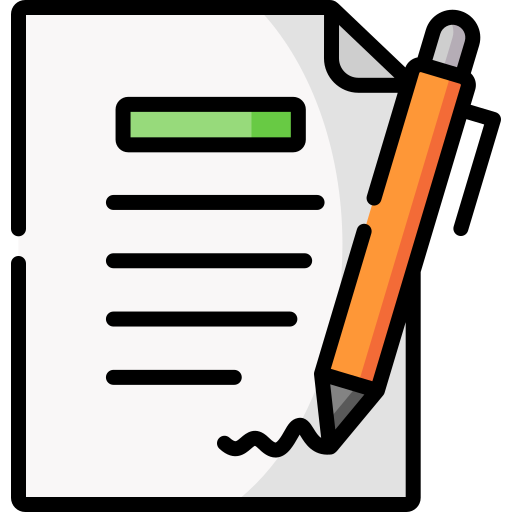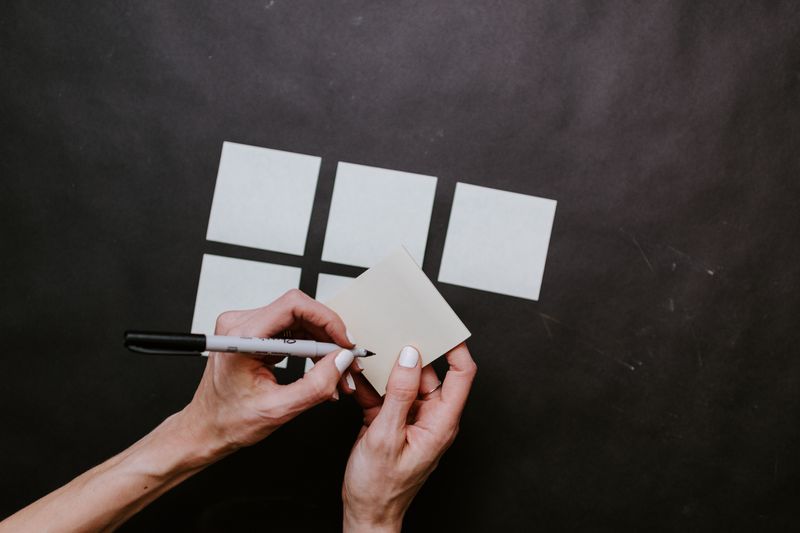
This logo isn't an ad or affiliate link. It's an organization that shares in our mission, and empowered the authors to share their insights in Byte form.
Rumie vets Bytes for compliance with our
Standards.
The organization is responsible for the completeness and reliability of the content.
Learn more
about how Rumie works with partners.
Do you take notes that end up unorganized, scattered, and of no further use?

There's a better way!
With the Zettelkasten method of notetaking,you'll take organized notes you can alsokeep building on in your lifetime and connecting to new ideas!

What makes the Zettelkasten method unique?
the godfather of the Zettelkasten method
a remarkably productive German social scientist
Luhmann's Zettelkasten was his collection of paper notes that he could easily "surf" for information or ideas.
Imagine being able to navigate through tens of thousands of physical slips of paper just like you're browsing the internet!
Luhmann did this by connecting his notes using a unique combination of numbers and letters.
Connections between ideas lie at the heart of the Zettelkasten method!
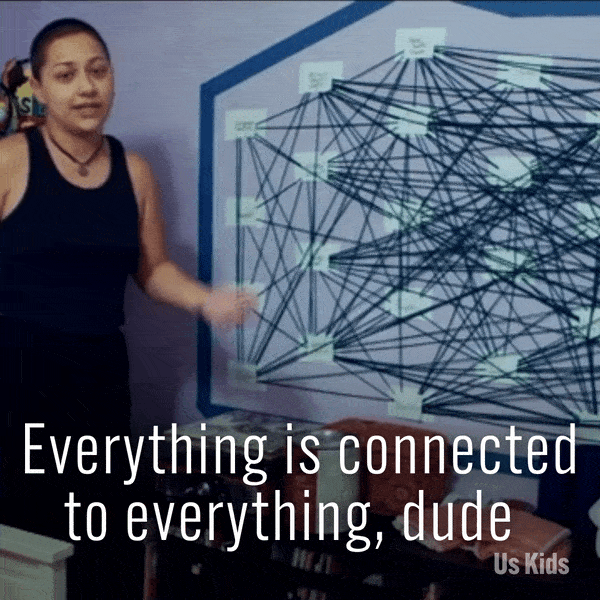
How can you implement this method?

This paper-based example will help you get started:
Images below by David B. Clear, licensed under CC BY-SA 4.0
Step 1
Create a separate note for each new idea/information.
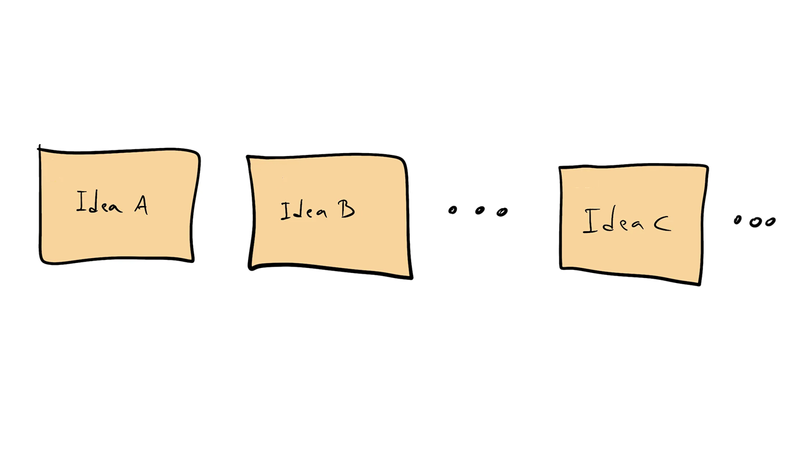
Step 2
Assign numbers to each note (1, 2...).
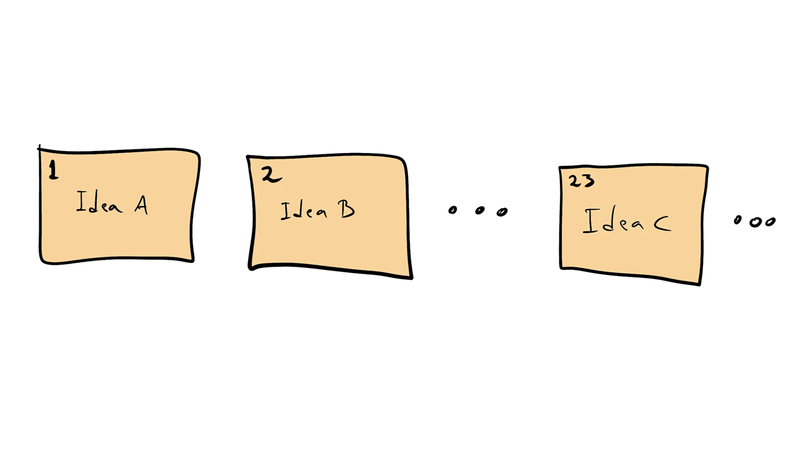 Step 3
Step 3
To add further context/ information/ comments to existing notes, create new notes if you'd like and identify them as 1/1... or further as 1/1/1...

Step 4
Create connections by writing the identifying numbers of the connecting notes on a note.
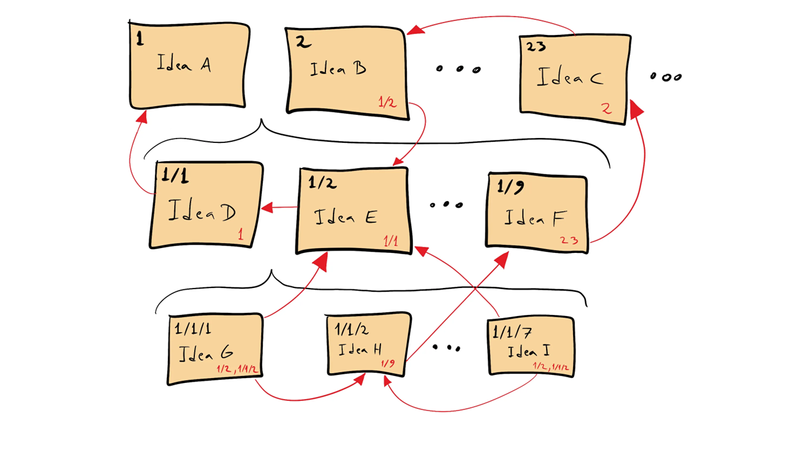 Step 5
Step 5
Add relevant tags/keywords on a note if you'd like.
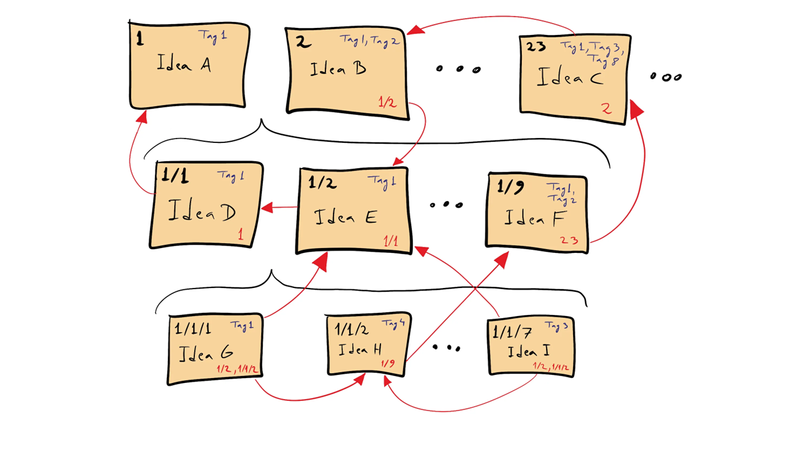 Step 6
Step 6
Create a separate note to maintain a list of notes for each tag.

At first, your Zettelkasten will just have a few notes.
The connections will happen as you keep building your Zettelkasten!

Quiz 1: Jasmine's project

Jasmine is a high school student. A seminar on climate change has sparked her interest in further exploring and researching this topic.
This research project on climate change will help her in the end-of-term assignments and also in her career options moving forward.
She's looking at ways to better organize her notes for this project.
Quiz
Could using the Zettelkasten method of notetaking benefit Jasmine?
As it's an ongoing project involving research, Jasmine could benefit from the Zettelkasten method of notetaking to organize her notes and expand her personal knowledge on this topic over time.
4 steps to start building your Zettelkasten

1. Make Quick Notes
Take quick notes on ideas that come to your mind during the day.
Document these in some form so you don't forget what they mean.
Don't worry about the structure and details!
Collect these in 1-2 ways like in notebooks or apps to manage them better.
Process them at the end of the day or as soon as you can. More on this in Step 3.

2. Make Literature Notes
Take notes on content from different sources you're referring to (books, articles, seminars, or videos).
Ask yourself: "Is this information useful/relevant for my current research/project?"
Write in your own words to understand the information.
Keep direct quotes little to none.
Note down the bibliographic details of the source.
Maintain a separate filing system for these notes.
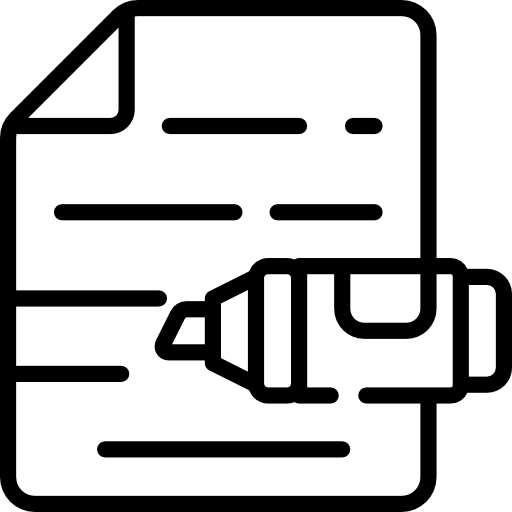
3. Make Permanent Notes
Identify the most important notes from (1) and (2) to add to your Zettelkasten.
Ask yourself: "How can I further develop this idea or connect it to existing ideas/arguments/discussions?"
Rewrite notes to have one idea on one note to connect ideas with a greater focus later.
Write like you're writing for someone else, in complete sentences and mentioning the references, if any.
Add the permanent notes to your (digital/ physical) Zettelkasten.
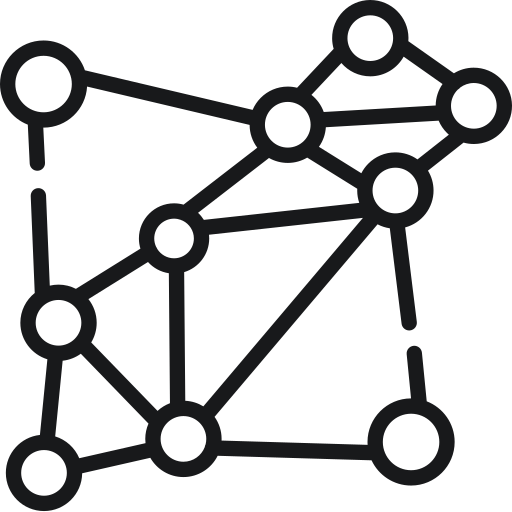
4. Let the Magic Happen!
Connect as many notes to one another and explain the connections so you don't forget!
Identify these connections with unique identifiers like numbers, keywords, or those supported by your application.
Create an index note similar to the index section in books that can include tags/keywords and their respective note card numbers for easy future reference.
Do this a little each day to keep building your Zettelkasten and so as to avoid a huge pile-up of notes!
Tip: As you become a pro at taking notes, you'll be mainly using steps (3) & (4).

Benefits of the Zettelkasten method of notetaking

Keep chasing new and interesting ideas or information to add to your box, be it while reading, listening, watching, discussing, or thinking on your own!

Keep taking notes for life and store them in an organized way for current and future reference. No ideas go to waste in this method!
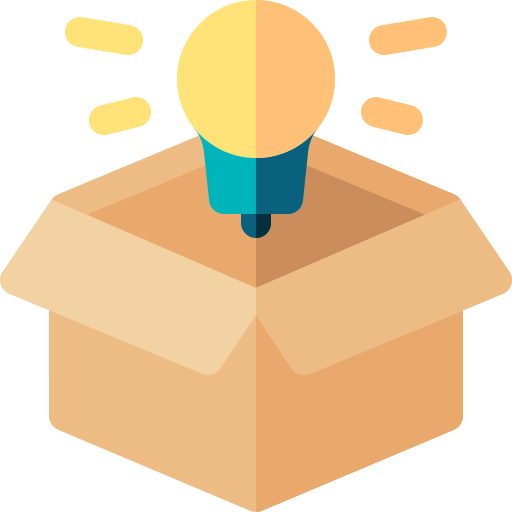
Keep thinking with your notes and not just collecting them. You'll take notes to understand, connect, and generate new thoughts and ideas across subjects and disciplines.

Keep learning and growing with this knowledge base in your personal, academic, and professional work. Your Zettelkasten will be a witness to your evolving thoughts and ideas!
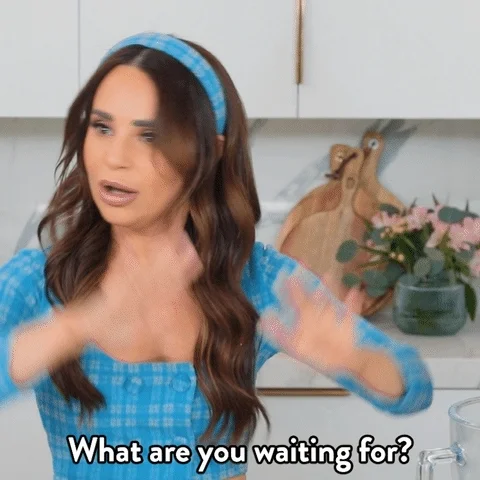
Quiz 2: Jasmine's Zettelkasten

Jasmine decided to use the Zettelkasten method of notetaking for her climate change project. However, she has a lot of schoolwork. She also commutes back and forth to school by public transport for about an hour each day.
Which practices below will help Jasmine build her Zettelkasten on climate change during her commute?
A. Take brief notes on her phone while listening to a podcast on renewable energy.
B. Review notes taken on her phone during the week and edit them like permanent notes ready for her Zettelkasten at home later.
C. Take audio notes on her thoughts and ideas about climate change.
D. All of the above
Quiz
Which practices above will help Jasmine build her Zettelkasten on climate change during her commute?
All of the above practices can help Jasmine build her Zettelkasten on climate change in her situation. Jasmine can take quick notes on her phone (written or audio) while listening, thinking, or reading during her commute. She can then review her fleeting and literature notes weekly to add them to her Zettelkasten.
Take Action
This Byte has been authored by
Alisha Navodia
Instructional Designer


